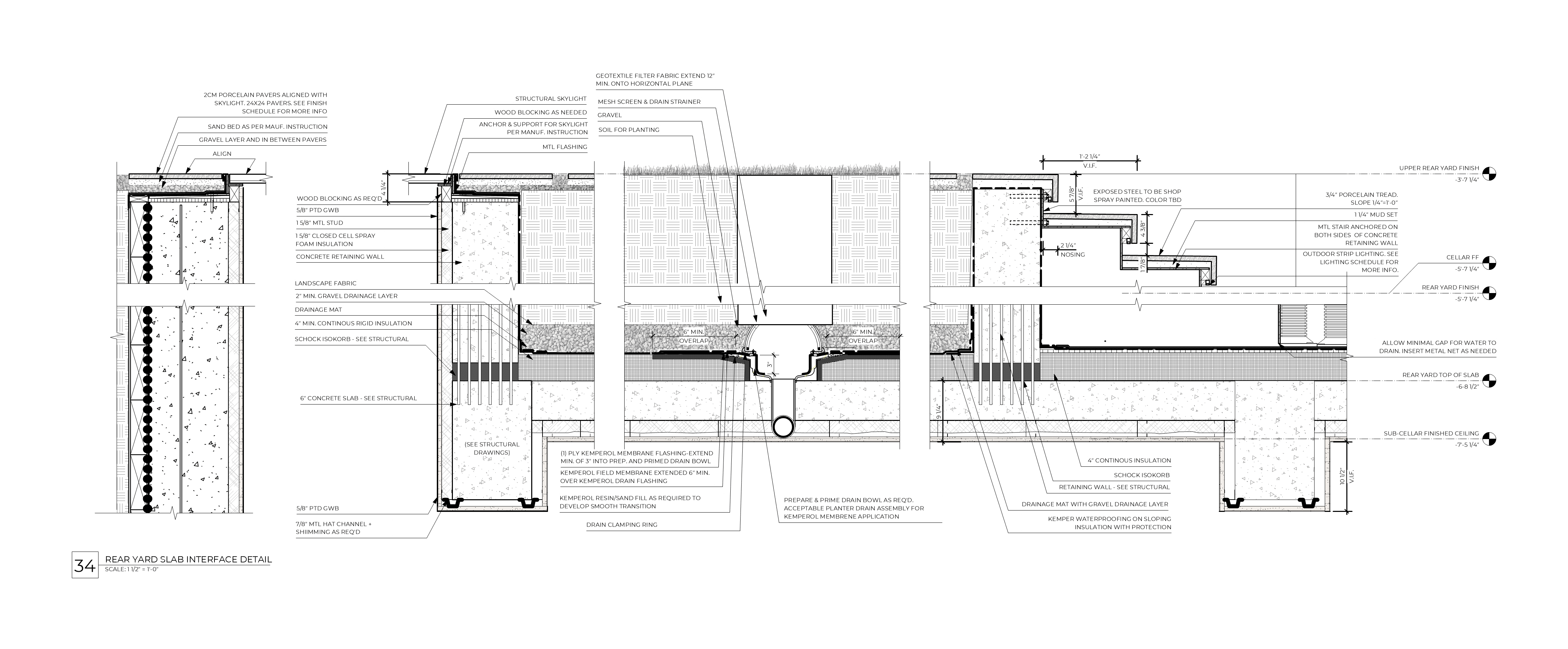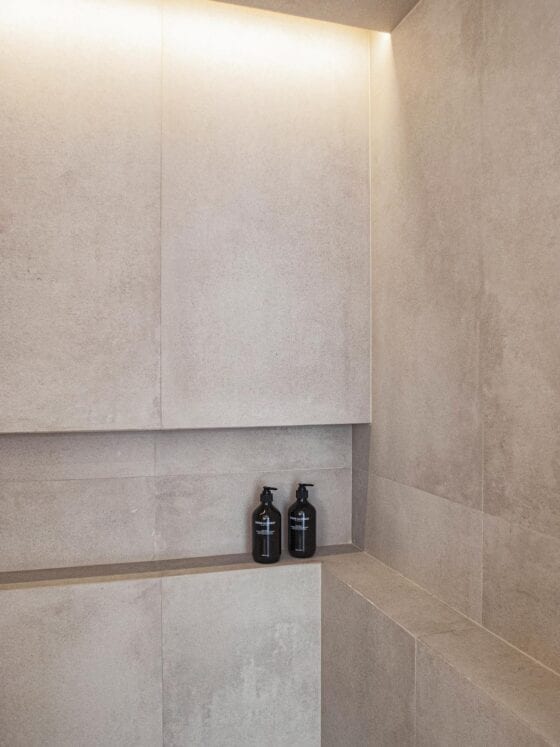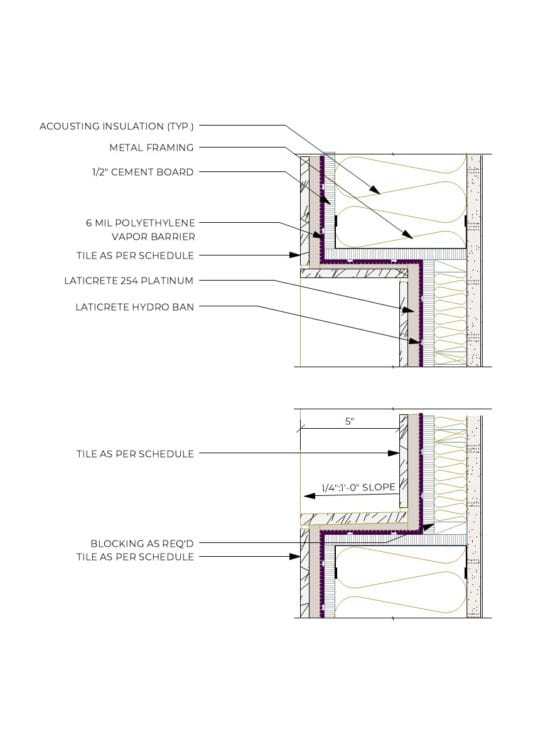
Architectural Detailing
How The Small Details Make Big Impacts
The famous designer Charles Eames said, “The details are not the details. They make the design.” If you have not been through a design process, you may not have heard of the concept of architectural detailing, yet it may be the most crucial part of a design.
What is architectural detailing?
Architectural detailing is exactly as it sounds—the process of giving care and attention to tiny details in a space’s design, both interior and exterior. Architectural detailing falls into two main categories: technical detailing and design detailing.
Technical details have to do with the performance of a building and the assembly of the components; for example, all of the drawings and specifications that work to keep water out are examples of technical detailing.
The second type of detailing is design detailing, which is just as precise and technical as technical detailing but has to do with the design elements of a building. Examples of these would be drawings of how different materials interact or resolve or a specific lighting detail used to create a special moment.
Most details fall into both categories as good design is one that marries the performance with the design; with form and function not as competing forces but ones that work in harmony, both enhancing the other.
In broad strokes, anytime there is a transition of any kind, whether a change in material, direction, window, corner, or function, you will need a detail to explain how that transition will work from a technical and design perspective.
Technical Details: The Bones
At its core, a building needs to perform. It has many jobs; it needs to keep the cold out, its inhabitants dry, keep the air fresh, the food cold, take the poop out, keep the noise from transferring – to name a few. These performance goals are achieved in large part by good detailing.
Understanding how insulation, due points, wiring, plumbing, structural components, and interior and exterior finishes will interact, stand up, and come together to create a building is one the most critical aspects of an architect’s job. Coordinating the consultants and detailing the interactions between these different systems makes up a substantial part of the design process and pre-construction time.

Exterior Detail of roof and integrated planting area over our excavated cellar with thermally broken retaining walls and structural skylight.
Design Detailing: Aligning materiality and geometry
A central element of architectural detailing is simply making sure materials and their spaces are in harmony. Many designers have a natural eye for this—they can take a quick look at a blank canvas of a room or empty lot and quickly put together a mix of sizes, colors, and textures in the architectural design that aligns the space. When they’re done, everything seems to be in balance in a way that’s exceptionally pleasing to the eye.
The thought that goes into each of these decisions—hundreds or thousands of them, total— captures the essence of architectural detailing. It’s why professionally designed spaces often look seamless and elegant, while DIY spaces can feel just a little bit off with no clear explanation. In many cases, the key is aligning materials and geometry and understanding transitions and material properties. To do this correctly takes time, forethought, and many drawings to communicate how the assemblies will come together.
Carrying typical design details throughout a project helps give a sense of harmony to a design, like a repeated theme in an orchestral piece, consistent detailing and variations on a theme work to create a holistic understanding of belonging and completeness.

Interior image of our Harlow House bathroom.

Detail of our Harlow House bathroom.
Good Detailing and the Short and Long-term ROI
Well executed detailing costs time and money in design fees but pays for itself many times over.
In the short term, good detailing can lead to a smoother construction process. Thinking through the smallest elements in a space ensures that contractors are prepared for the work that goes into the build itself. There are fewer miscommunications and shortcomings when every step is accounted for in the plans. This typically leads to more precise bids, cuts down on change orders, and limits construction cost overruns.
For developer projects, well-detailed buildings lead to a sense of thoughtful design that gives an air of quality to a project. This can be leveraged for faster sales, less risk, and a high price per square foot. In addition, it’s easier to convince buyers that the bones are good when the care of the design can be seen and felt.
As a final benefit to the people who enjoy the space once it’s finished, architects that put thought behind every detail in their creations are more likely to leave a space that holds up to normal wear and tear over time. The time and care invested up-front in the process lead to fewer issues with maintenance and renovations long-term.
The beauty in what goes unseen
Lastly, part of the magic of architectural detailing is that most people overlook it. As we mentioned above, you’ll probably notice if something in the details went wrong, but you won’t typically notice if all the details come together perfectly. Instead of putting your finger on specific elements that work in the space, you’ll have a general sense of cohesion and design success.
Next time you have this feeling, give a quick mental nod to the designer behind the space who nailed the architectural details.




